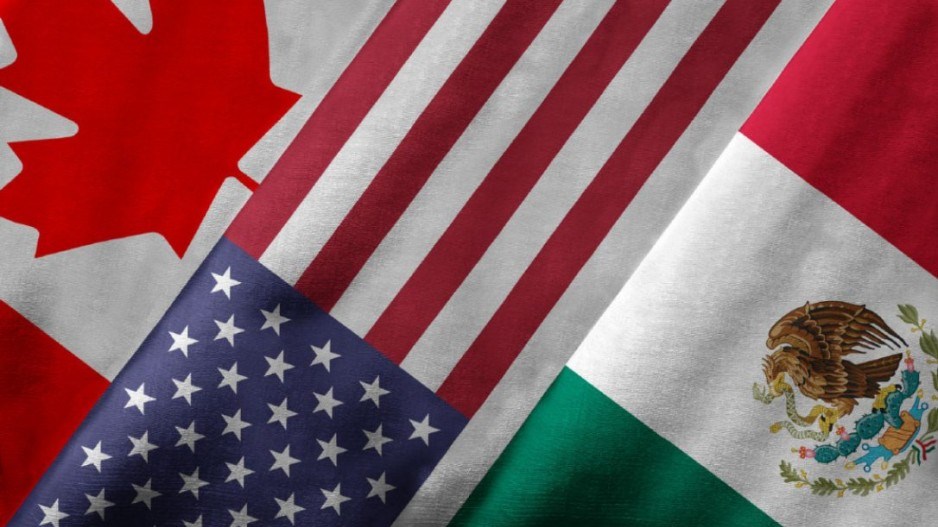The ink on the new North American Free Trade Agreement (NAFTA) might be dry, but the trilateral trade pact is not out of the woods yet.
Participants have yet to agree on the name of the U.S.-Mexico-Canada Agreement (USMCA), with each country putting itself first in the deal’s list of names.
The agreement also still has to be ratified by all three countries, a task that has become more difficult in the face of U.S. and Mexican elections.
The potential changing of the guard with two of Canada’s largest trading partners is not the only hurdle that the USMCA will have to clear. American steel and aluminum tariffs remain a sticking point between the U.S. and Canada and Mexico. There were even rumours that the steel tariffs might derail the signing ceremony with concerns that Prime Minister Justin Trudeau would either not sign the deal at all or pass the responsibility to Foreign Affairs Minister Chrystia Freeland.
Trudeau’s government has little negotiating leverage, so it’s unlikely to revisit the idea of walking away from the agreement. However, Werner Antweiler, trade economist at the University of British Columbia’s Sauder School of Business, said that the Canadian government could use delaying tactics to try to force the Americans to remove the tariffs.
“I could see a gradual phasing out that could give the U.S. the breathing room they want,” said Antweiler. “But ultimately these tariffs could be phased out over a schedule of a year or two.”
Antweiler added that the federal government would likely sign the USMCA even if the steel and aluminum tariffs remained and pursue further negotiations to remove them.
However, Canada is the least likely of the three countries to erect ratification roadblocks. U.S. President Donald Trump has threatened to withdraw from NAFTA to try to trigger a six-month countdown for the U.S. Congress to approve the new deal, but he would also need Congress’ approval to withdraw from the 1994 NAFTA agreement.
Gerardo Otero, professor of international studies at Simon Fraser University, said opposition to the trade deal crosses party lines in the United States.
“There’s opposition both from Republicans and from Democrats for completely different reasons.”
Ratification might be less contentious in Mexico than in the U.S., but there are potential hurdles there, too.
President Andrés Manuel López Obrador, who took office on December 1, three months after the new Mexican Congress dominated by Obrador’s party won a majority, has publicly criticized the new NAFTA deal. After being declared president-elect, Obrador said Mexico would not sign the agreement if tariffs remained in place.
While Canada and Mexico see eye to eye on the steel and aluminum tariffs, Otero said they are unlikely to team up on the issue or make ratification conditional on the tariffs’ removal.
The second quarter of 2019 appears to be when the legislative process to ratify the agreement will begin in all three countries. Implementation could then take place at the beginning of 2020, according to international trade consultancy group Livingston International.




